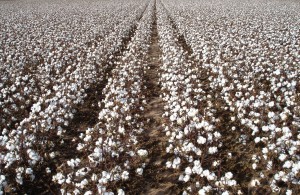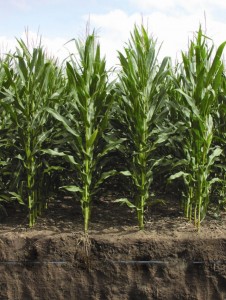Toro Irrigation During a Drought: Subsurface Drip Irrigation (SDI)
As the worst drought in 50 years gripped America’s farmland in the summer of 2012, and crop failure was rampant, three Nebraska producers reported increased soybean yields and significantly lower water use at the same time by using Subsurface Drip Irrigation (SDI) to deliver water and nutrients directly to the roots of their crops. This was in contrast to the typical practice of applying water to the surface with gravity or sprinkler irrigation systems. In addition to improved yields and resource use efficiency (RUE), other benefits cited included an improved ability to farm in drought conditions, improved flexibility and improved convenience. In each of these case studies, the producer found SDI a worthwhile investment.
Toro Irrigation During a Drought: Subsurface Drip Irrigation (SDI) Read More »

 Young Farmer, Kris Verett, didn’t plan on following in his father’s footsteps and becoming a farmer. But at 28, he joined the One-Ton Club at the Texas Gin Show in Lubbock for his drip irrigated cotton.
Young Farmer, Kris Verett, didn’t plan on following in his father’s footsteps and becoming a farmer. But at 28, he joined the One-Ton Club at the Texas Gin Show in Lubbock for his drip irrigated cotton. With the help of manufacturers, like
With the help of manufacturers, like